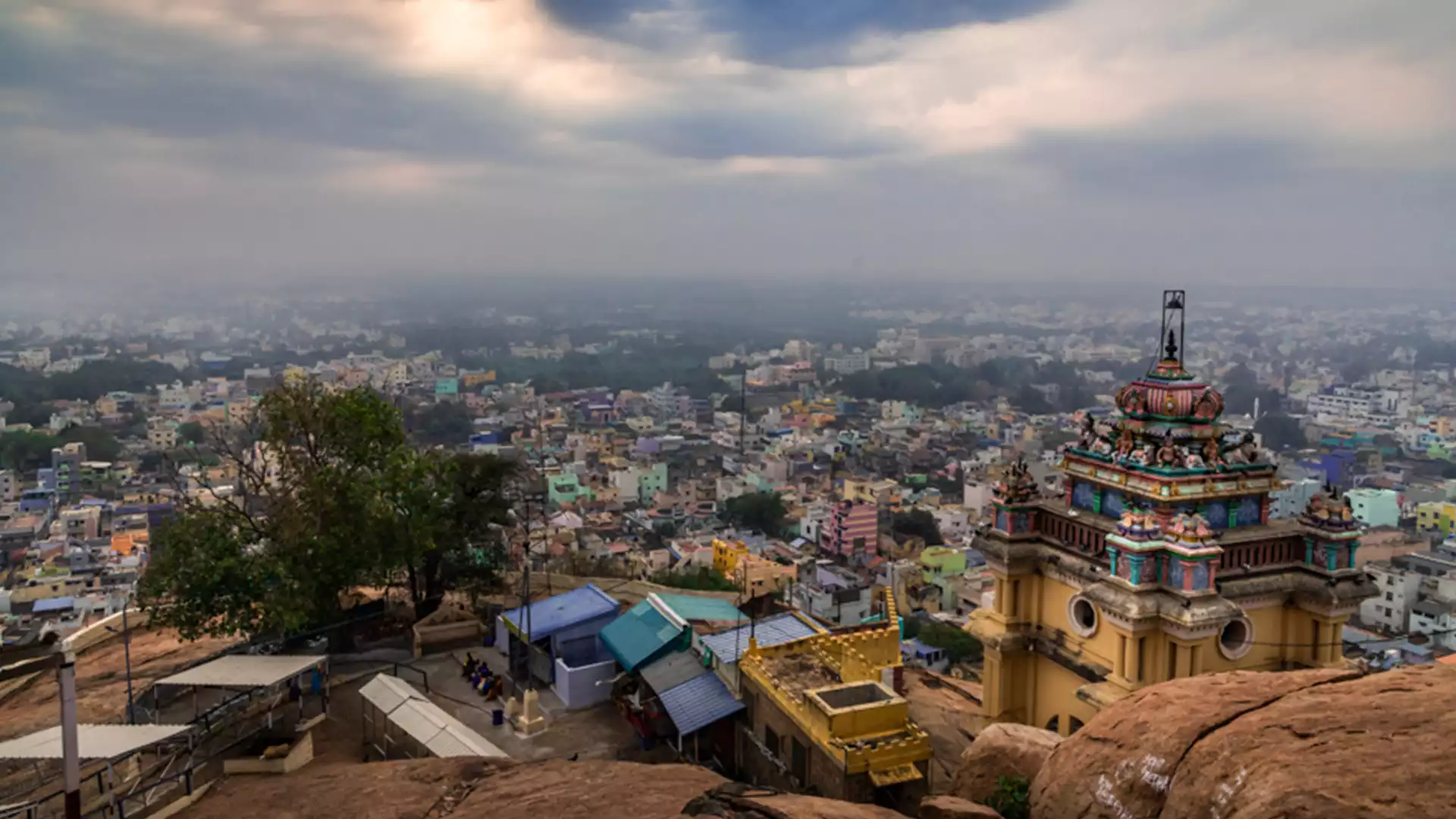Tiruchirappalli, often referred to as Trichy, is one of the most prominent cities in Tamil Nadu, located in the southern part of India. Historically known for its rich cultural heritage, ancient temples, and educational institutions
Here are some key aspects of Tiruchirappalli’s growth:
1. Economic Growth and Industrial Development
Tiruchirappalli has gradually transformed into a major industrial and economic hub. The city is known for its diverse industries, which include engineering, automobiles, manufacturing, and heavy industries. A few factors contributing to its economic growth include:
- Manufacturing and Engineering: The presence of prominent industries such as BHEL (Bharat Heavy Electricals Limited), which manufactures power plant equipment, has contributed significantly to Tiruchirappalli’s economy. Other industrial sectors include precision engineering, automotive parts manufacturing, and aerospace.
- Automobile Sector: The region is also known for its thriving automobile sector, with several companies engaged in the production of automotive components and vehicles. Major players like TVS Group and Kothari Wheels have a significant presence in the area.
- Agriculture and Agro-Processing: Tiruchirappalli has a rich agricultural base, particularly in crops like pulses, rice, and citrus fruits. The city is increasingly investing in agro-processing industries, adding value to its agricultural products.
- IT and Software Development: Although not as prominent as Chennai, Tiruchirappalli is seeing a growing IT sector. Many IT firms are setting up development centers in the city due to its cost advantages and skilled labor. IT parks and business hubs are contributing to job creation and economic diversification.
2. Education and Skill Development
Tiruchirappalli is home to some of the leading educational institutions, making it an attractive destination for students and professionals alike. Notable institutions include:
- National Institute of Technology (NIT) Tiruchirappalli: One of the top engineering colleges in India, NIT Trichy is a major contributor to the city’s growth in the education sector and plays a pivotal role in research, development, and innovation.
- Bharathidasan University: A significant university that attracts students from across India, contributing to the growth of human capital and skilled workforce in the region.
- Vocational Training: The growing number of vocational training centers is enabling a workforce that can meet the demands of a diverse set of industries, from manufacturing to IT.
3. Infrastructure Development
Tiruchirappalli’s infrastructure is rapidly improving to accommodate the city’s growth. Key developments include:
- Transportation:
- Tiruchirappalli International Airport: The airport has seen significant improvements and has become a key connectivity hub in South India, offering both domestic and international flights. This enhances trade, tourism, and business linkages with global markets.
- Road Connectivity: The city is well-connected by road, with several national highways passing through it, including NH-38 and NH-45, making it an important transit point in Tamil Nadu.
- Railway Station: Trichy is an important railway hub, with the Tiruchirappalli Junction being one of the busiest in the state. The city is also expanding its railway network, making it more accessible for commuters and businesses alike.
- Smart City Initiatives: Tiruchirappalli has been included in the Smart Cities Mission initiated by the Government of India, aiming to enhance urban infrastructure, create sustainable public transportation systems, improve waste management, and implement modern technology in city management.
4. Tourism and Cultural Growth
While industrial growth is significant, Tiruchirappalli continues to thrive as a major cultural and tourism center. Some of the key attractions driving tourism and contributing to the city’s economy include:
- Sri Ranganathaswamy Temple: Located in Srirangam, this temple is one of the largest functioning temples in India and attracts thousands of pilgrims and tourists every year.
- Rockfort Temple: Another iconic site, the Rockfort Temple, perched atop a massive rock, is one of the major tourist attractions in the city.
- Cultural Events: The city’s rich cultural heritage, coupled with vibrant festivals and performances, adds to its appeal as a cultural destination.
5. Real Estate and Urban Growth
As a result of its growing industrial base, expanding infrastructure, and increasing population, the real estate sector in Tiruchirappalli has seen a boom in recent years. The demand for residential, commercial, and industrial properties is on the rise, contributing to the development of modern housing societies, office spaces, and business parks.
6. Healthcare and Medical Services
Tiruchirappalli is emerging as a regional healthcare hub. The city has several well-established private and government hospitals offering advanced medical services in various specialties. The growth of healthcare facilities is attracting patients from neighboring districts and states, further enhancing the city’s economic prospects.
7. Challenges and Future Prospects
Despite its growth, Tiruchirappalli faces challenges that need to be addressed for sustained development:
- Urbanization: As the city grows, there is a need for efficient urban planning, especially in terms of waste management, traffic congestion, and pollution control.
- Skill Gaps: While there are many educational institutions, there is a need to bridge the gap between the skills of the workforce and the demands of emerging industries, particularly in the IT and high-tech sectors.
- Sustainable Development: Balancing industrial growth with environmental sustainability remains an ongoing challenge, requiring effective policies and green initiatives.
Conclusion
Tiruchirappalli is fast emerging as a growth engine for Tamil Nadu, driven by its industrial diversification, educational institutions, and robust infrastructure. As the city continues to evolve into an important business and cultural hub, it holds significant potential to become a key player in India’s economic landscape in the coming decades. However, addressing the challenges of urbanization, skill development, and environmental sustainability will be critical to ensuring its continued success.










